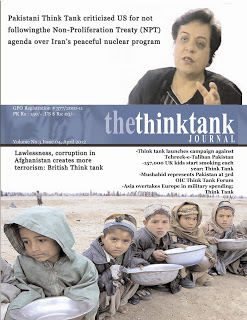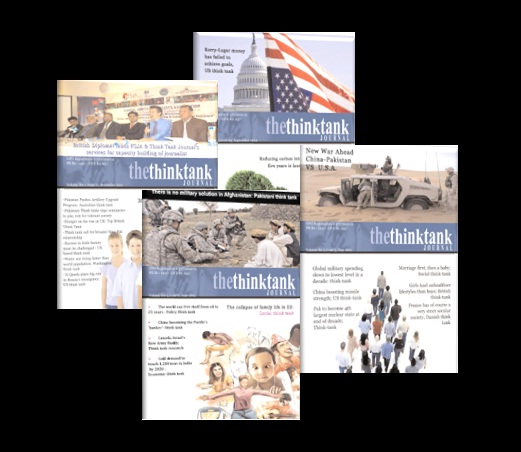Since the seismic decision by former U.S. President Donald Trump to withdraw from the Iran nuclear deal, a move that sent shockwaves rippling through the geopolitical landscape. In the aftermath of this decision, the reverberations continue to shape the contours of global security, with far-reaching implications for the Middle East and beyond. This analysis seeks to unravel the intricate dynamics at play and explore the multifaceted future of the Iran nuclear deal in the wake of Trump’s departure from the agreement.
Trump’s Decision and its Consequences:
The decision by the Trump administration to abandon the Iran nuclear deal marked a significant departure from established diplomatic norms and international consensus. Despite assertions of a “horrible one-sided deal,” Trump’s decision unleashed a series of consequences that have exacerbated tensions in the region and undermined efforts to curb Iran’s nuclear ambitions. The promise of a “better deal” has remained elusive, leaving a void in diplomatic channels and raising questions about the efficacy of unilateral action in addressing complex geopolitical challenges.
- Will a US-Israel-Iran Conflict Undo the Iran Nuclear Deal?
- From Iran to Israel: Russia’s Diplomatic Chess Moves
- Survey : Iran’s Nuclear Programme Seen as a Global Threat
- US-Iran Relations: The Complex Path to Restoration
Assessing the Fallout:
In the aftermath of Trump’s withdrawal, the fallout has been swift and profound, with Iran edging closer to nuclear capabilities and international efforts to monitor Tehran’s activities facing mounting challenges. While U.S. intelligence suggests no current efforts by Iran to weaponize, concerns persist over Tehran’s proximity to nuclear readiness. Moreover, the erosion of diplomatic relations between the United States and Iran has complicated efforts to salvage the deal, casting a shadow of uncertainty over the prospects for a diplomatic resolution.
Escalating Tensions and Regional Dynamics:
The escalating tensions between Israel and Iran have added a new layer of complexity to the regional dynamics, heightening the risk of wider military conflict and exacerbating instability in the Middle East. Direct attacks between the two nations have escalated hostilities, raising concerns about the potential for preemptive strikes and further destabilization. Against this backdrop, the urgency of finding a diplomatic solution has never been more pressing, yet the path forward remains fraught with challenges and obstacles.
Iran’s Strategic Calculations:
Amidst mounting pressure and heightened threats, Iran finds itself at a crossroads, grappling with strategic decisions that could have far-reaching implications for regional stability and global security. While Iran has long maintained a stance of non-aggression and adherence to religious edicts prohibiting nuclear weapons, recent developments suggest a reevaluation of this position. The enrichment of uranium to higher purity levels and warnings of potential military responses to external threats signal a departure from previous norms, raising concerns about the potential for a shift towards weaponization.
Escalating regional tensions:
As the world contends with the aftermath of Trump’s decision to withdraw from the Iran nuclear deal, the road ahead remains uncertain and fraught with challenges. The erosion of diplomatic channels, escalating regional tensions, and Iran’s evolving strategic calculations underscore the urgent need for concerted international efforts to address the underlying grievances and prevent further escalation. In the face of mounting risks and uncertainties, the imperative of finding a peaceful resolution has never been more pressing, highlighting the need for sustained diplomacy, dialogue, and cooperation to navigate the uncertain terrain ahead.




